PPS has developed a set of analytical tools to allow communities to evaluate the quality of their public spaces and come up with useable recommendations. Their toolkit includes the "Place Diagram"-- which assesses the quality of public spaces by four qualities: accessibility, activities, comfit, and sociability-- as well as the "Power of 10", the idea of creating at least ten different uses or reasons for people to gather at a particular space. Kathy was kind enough to gift us the PPS Handbook on "How to Turn a Place Around", and we highly recommend this informative resource to our students and colleagues.
Among the "11 Principles for Creating Great Community Places", I have to say that I was particularly drawn to #6: Start with the Petunias: Lighter, Cheaper, Quicker. There is something refreshing and honest about trying something out and observing the results immediately, and tweaking the result as necessary, rather than spending months or years talking about something without seeing anything come to fruition. The notion of petunias was described in the handbook as such:
In creating or changing a public space, small improvements help to gardner support along the way to the end result. They indicate visible change and show that someone is in charge. Petunias, which are low cost and easy to plant, have an immediate visible impact. On the other hand, once planted, they must be watered and cared for. Therefore, these flowers give a clear message that someone must be looking after the space.
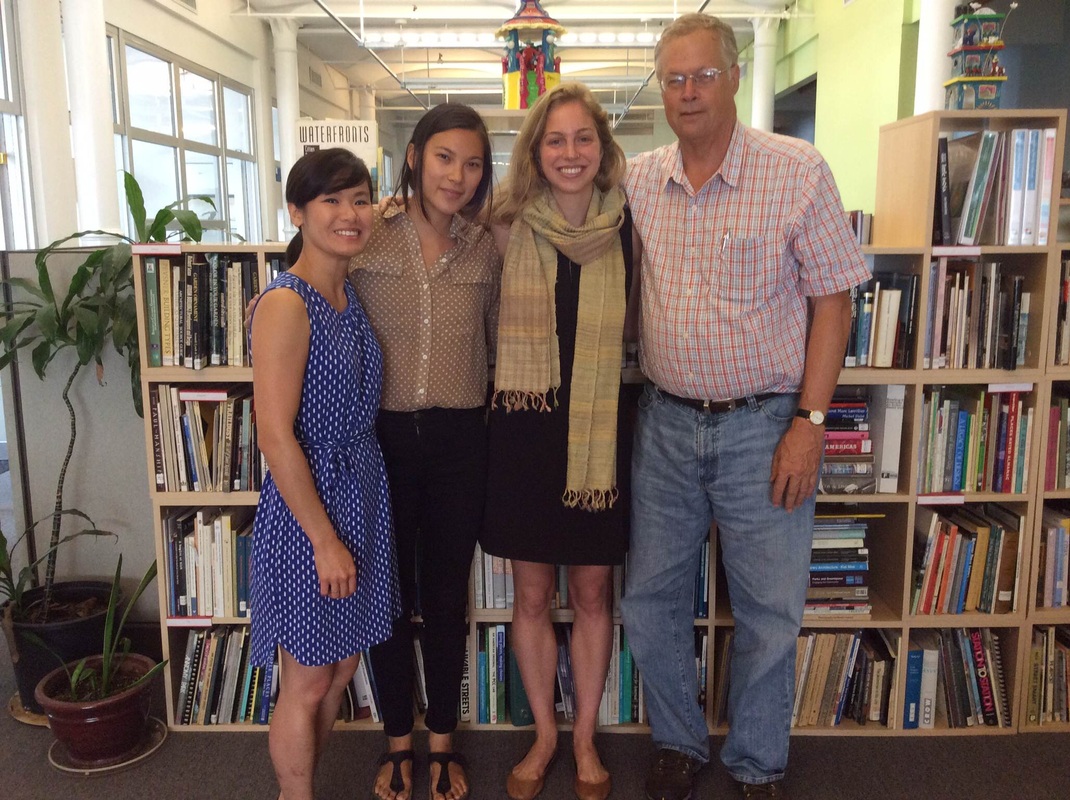
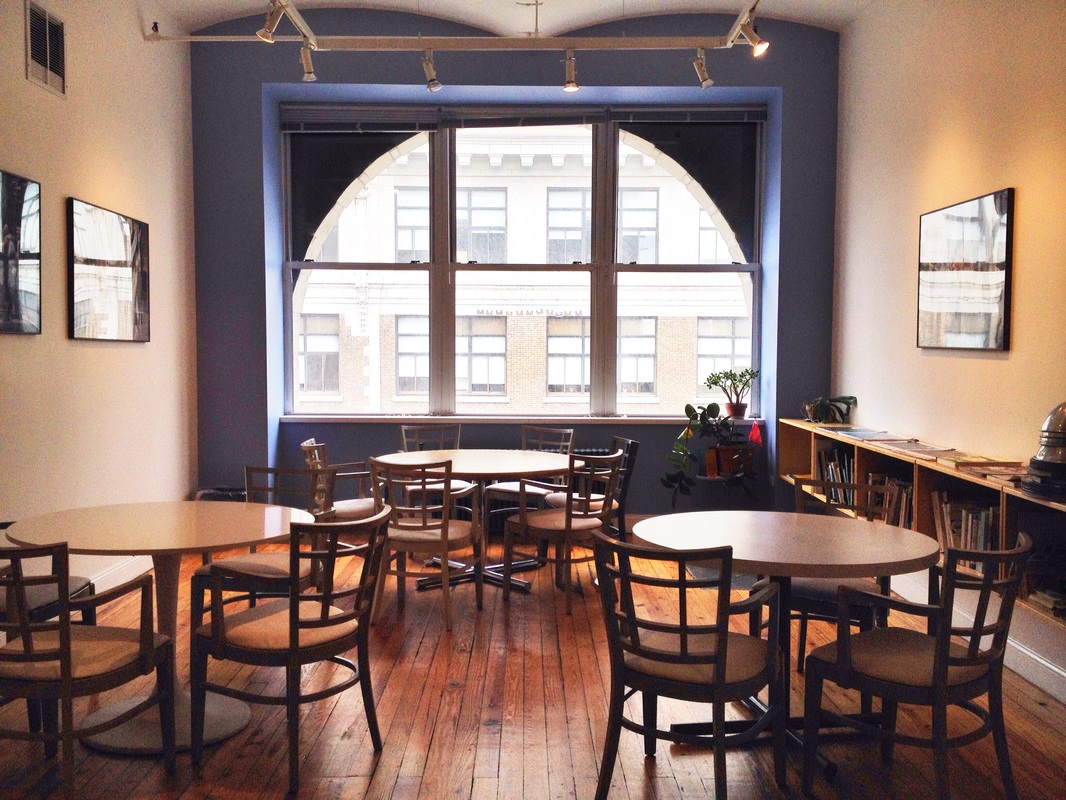
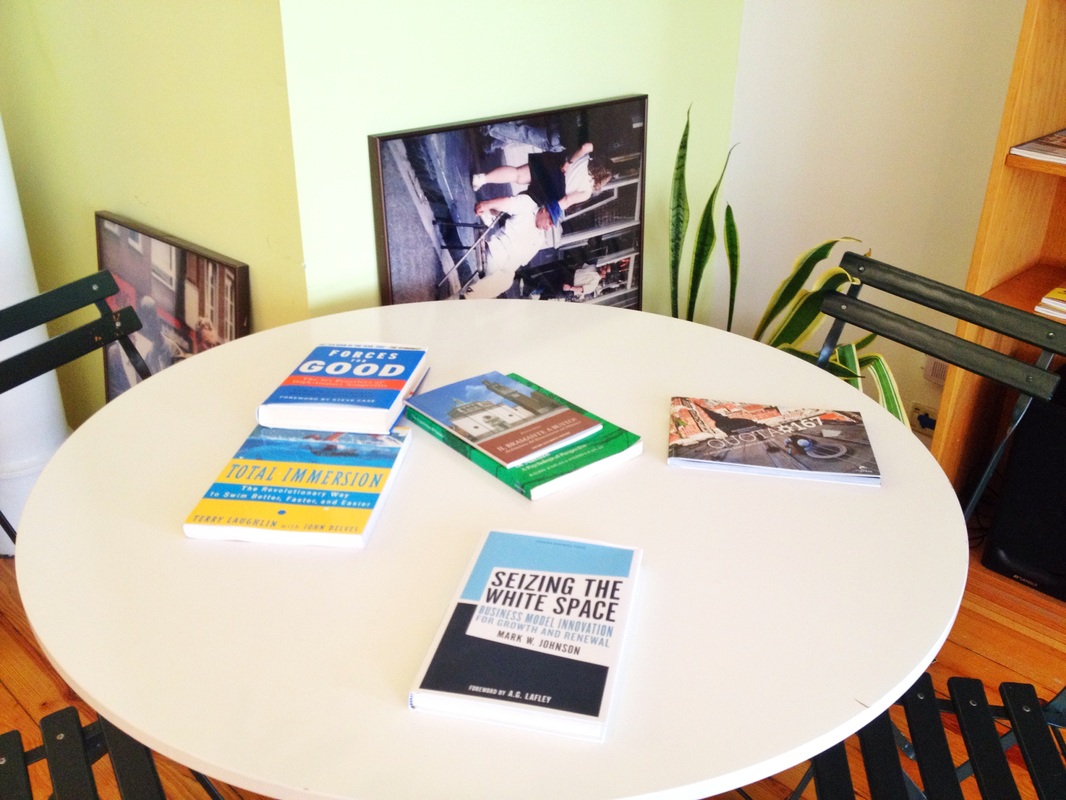
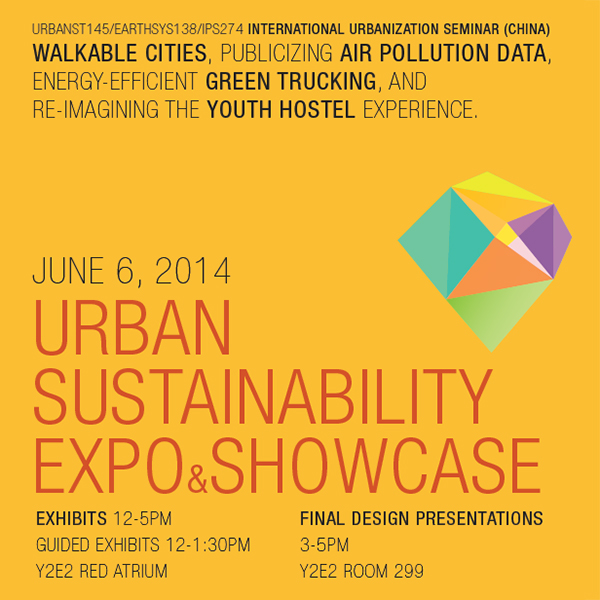
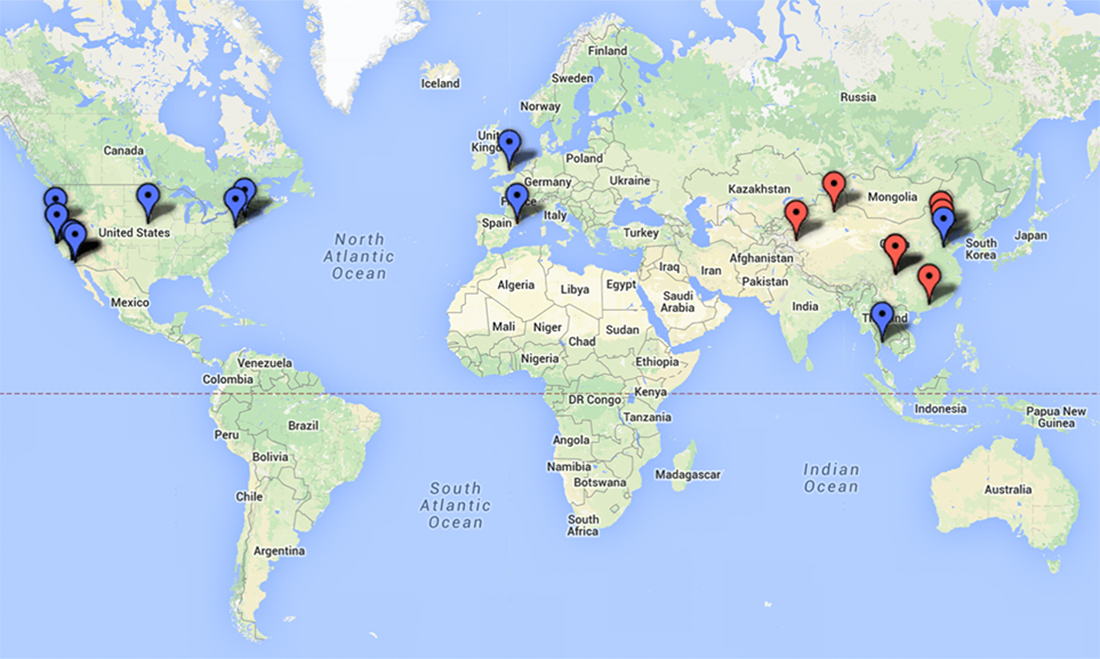
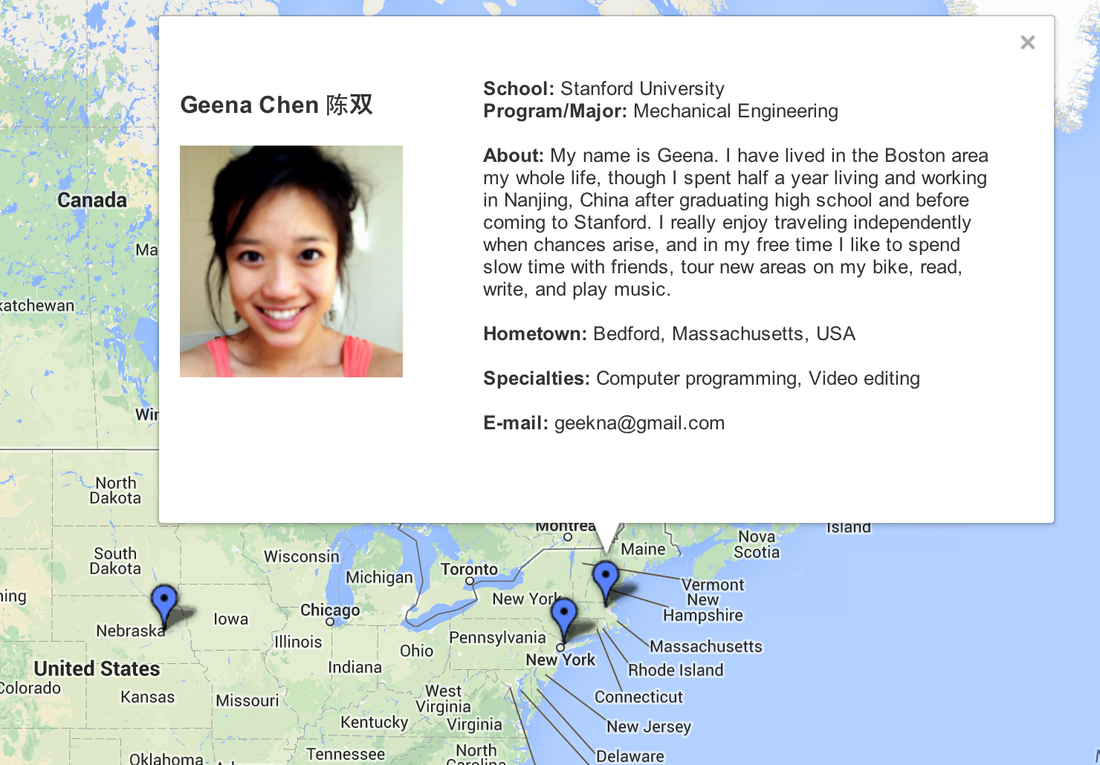
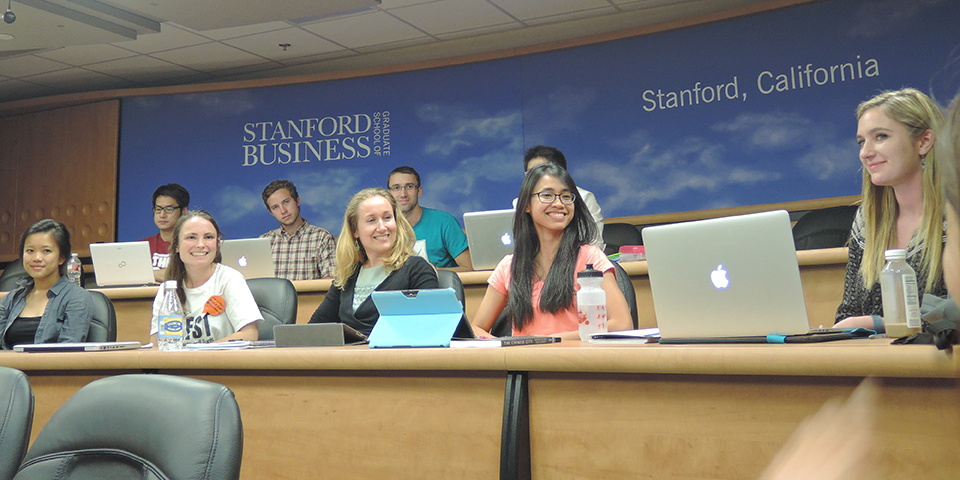
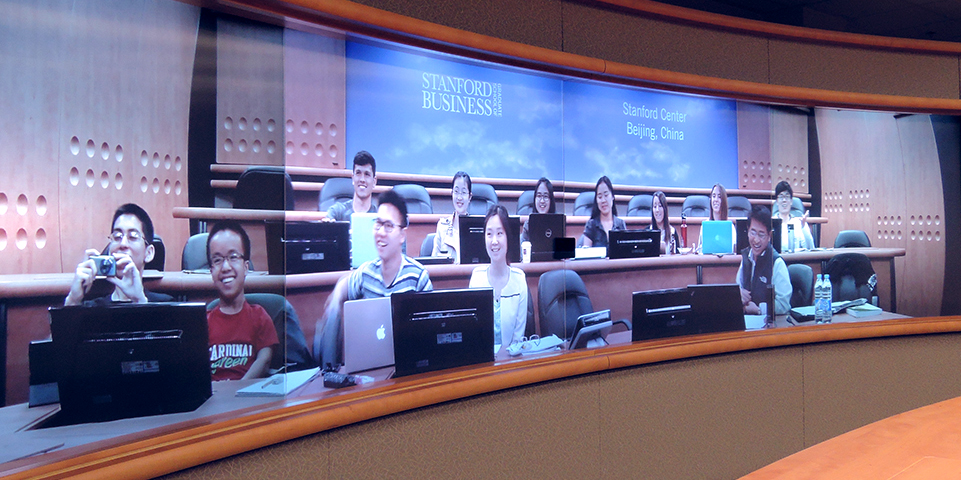
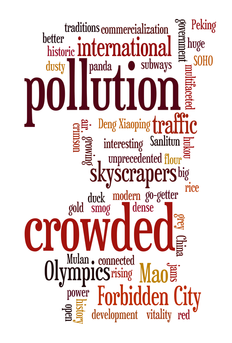
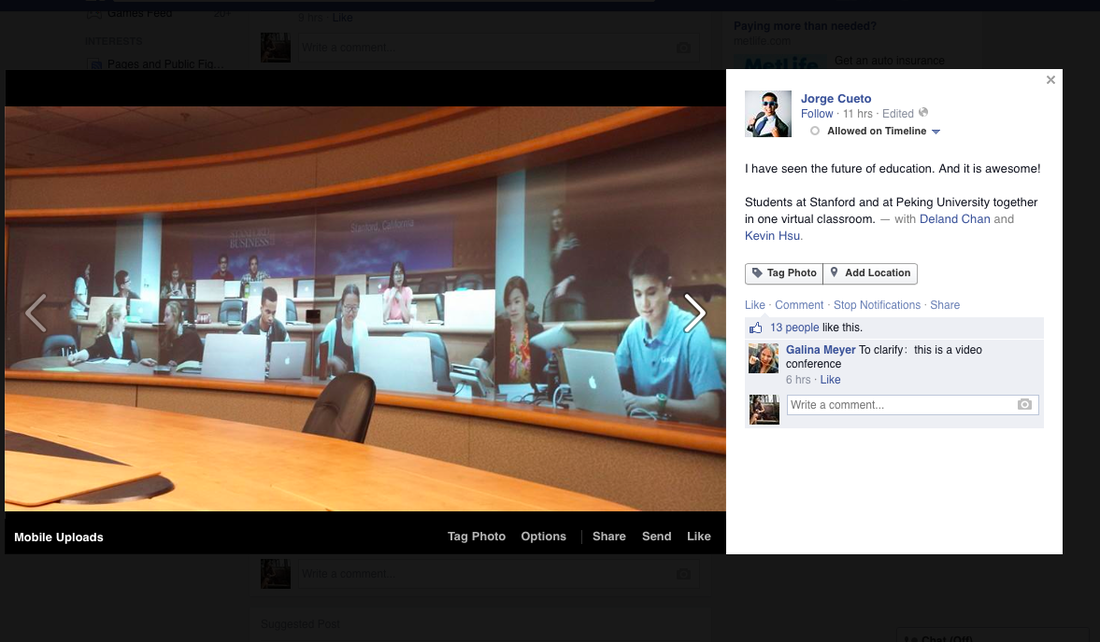
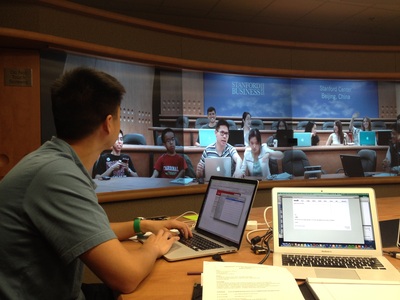
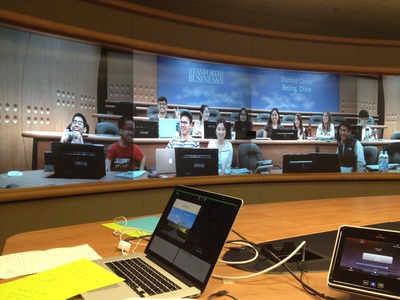
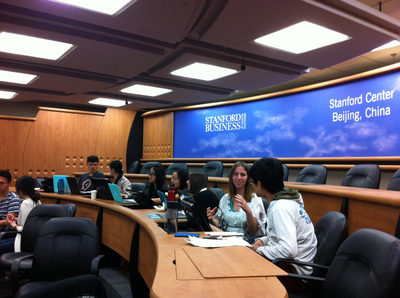
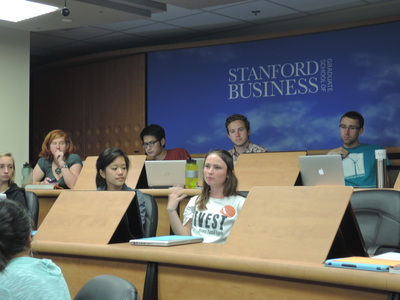
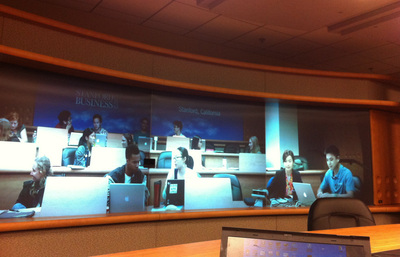
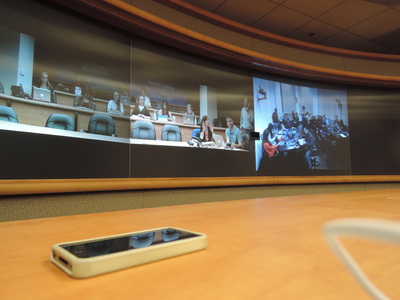
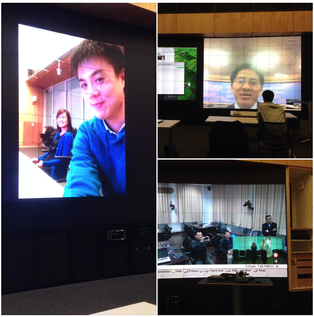
 RSS Feed
RSS Feed
